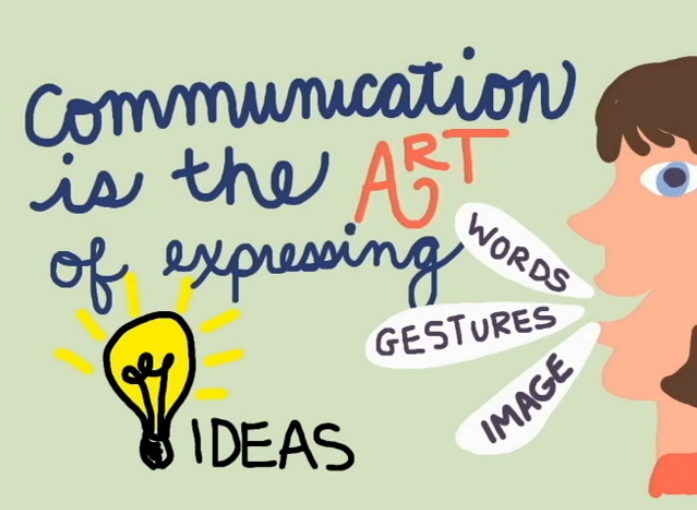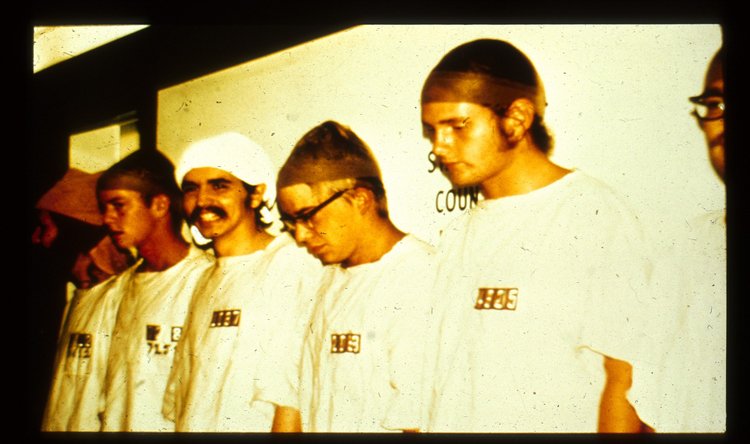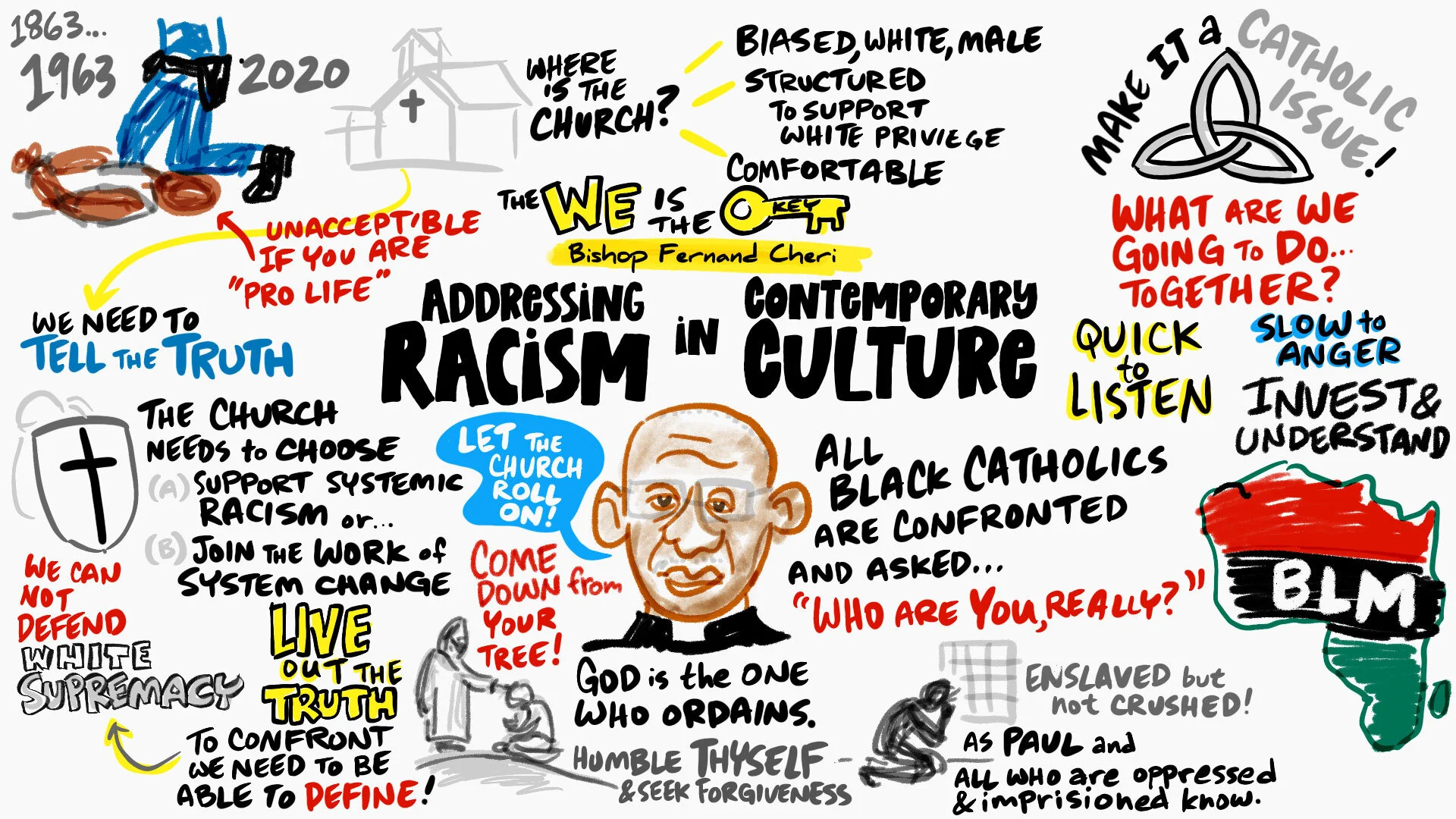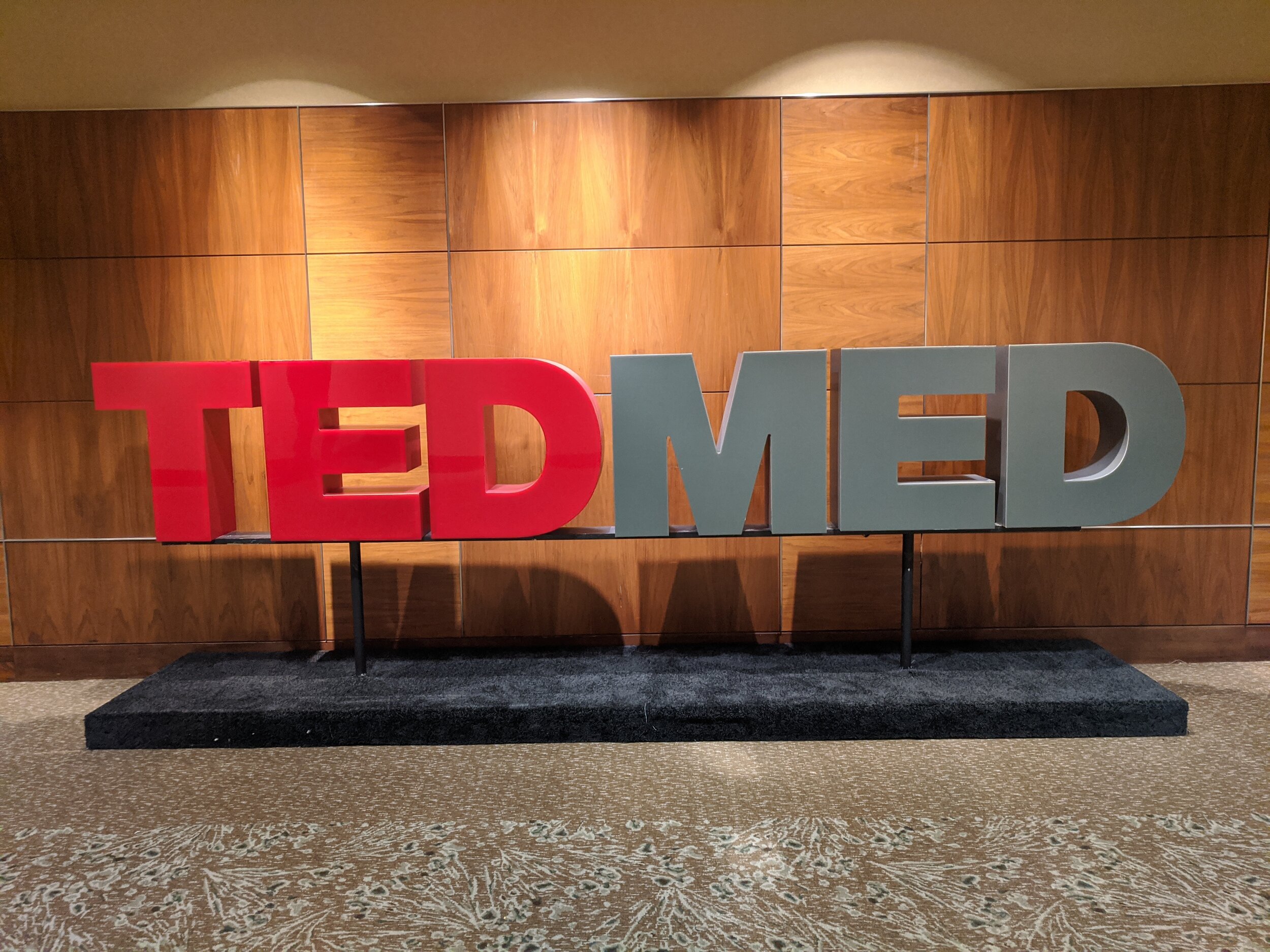Think about the social calculus of High School, but with strategic planning sessions, careers, and mortgages on the line.
Ultimately, any professional who takes a chance to incorporate a new and artsy element, like graphic facilitation ( ! ), to a corporate event is taking a risk.
Granted, this particular risk (graphic facilitation) does not involve potential bodily harm or worldwide economic collapse.
No, this risk is of something much worse in the eyes of many — the fear of failing publicly.
More specifically, the fear may be of wasting time and treasure on something that does not yield concrete, quantifiable benefits.
















